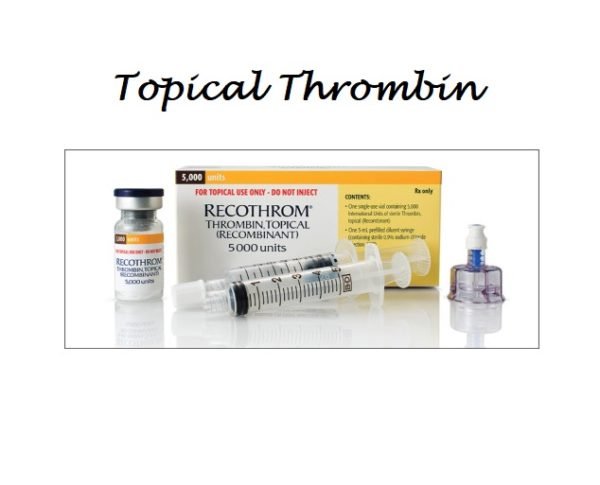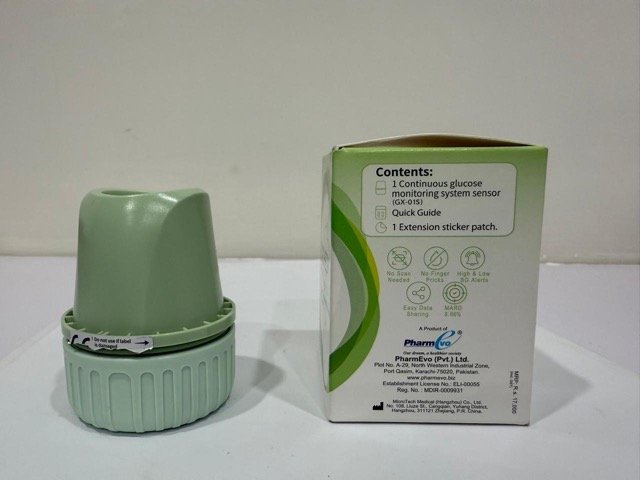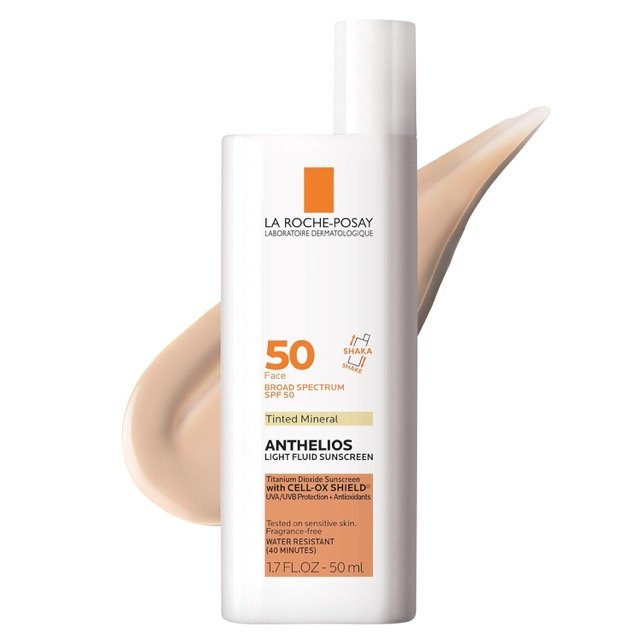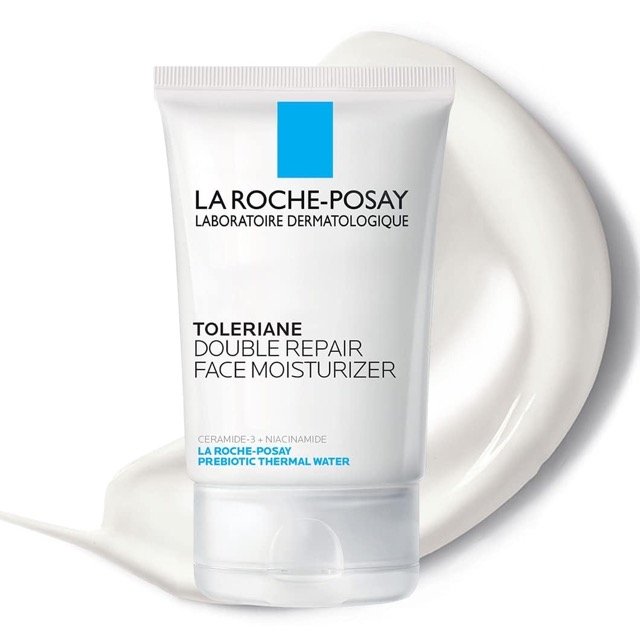Thrombin is a key enzyme in the blood coagulation process, specifically in the conversion of soluble fibrinogen into insoluble strands of fibrin, which form a meshwork that helps to stop bleeding by forming a blood clot. This process is crucial in wound healing and preventing excessive blood loss. Thrombin is produced from prothrombin through the action of enzymes known as proteases, typically in response to tissue injury or vascular damage.
In order to promote hemostasis, topical thrombin catalyzes the conversion of fibrinogen to fibrin and activates platelets.
- Evithrom, Recothrom, Thrombin-JMI only:
- When blood leaks from tiny venules and accessible capillaries and control of bleeding by conventional surgical procedures are impossible or unfeasible, it is utilized as a help.
- Thrombi-Gel, Thrombi-Pad only:
- In order to temporarily stop moderate to severe bleeding wounds, it is used as a trauma dressing.
- It is used to stop surface bleeding from percutaneous catheters and tubes as well as vascular access sites.
Topical Thrombin Dose in Adults
Topical Thrombin Dose in the treatment of Hemostasis aid:
Evithrom:
- The dose varies depending on the size of the area to be treated. It's applied directly to the treatment area, flooding it. In clinical studies, up to 10 mL was used with an absorbable gelatin sponge.
Recothrom:
- Similar to Evithrom, the dose depends on the area to be treated. It can be applied directly to the bleeding site or in combination with an absorbable gelatin sponge.
Thrombi-Gel:
- This is applied directly over the source of bleeding, along with manual pressure until bleeding stops.
Thrombin-JMI Solution:
- For profuse bleeding, apply 1,000 to 2,000 units/mL of solution. For bleeding from skin or mucosal surfaces (like skin grafting or dental extractions), apply 100 units/mL.
Thrombin-JMI Powder:
- This dry powder can be applied directly to oozing surfaces.
Thrombi-Pad:
- This can be used as a dry pad or wetted pad applied directly over the source of bleeding. It's important to apply manual pressure along with it. It can be left in place for up to 24 hours but should not be left in the body.
Topical Thrombin Dose in Children
Topical Thrombin Dose in the treatment of Hemostasis:
- Evithrom:
- For infants, children, and adolescents: The dose varies based on the size of the area needing treatment. It can be applied directly or with an absorbable gelatin sponge. In clinical studies, up to 10 mL was used with the sponge.
- Recothrom:
- For infants aged 1 month and above, children, and adolescents: The dose depends on the area to be treated, including the size and number of bleeding sites. It can be applied directly or with an absorbable gelatin sponge.
Pregnancy Risk Factor C
- Evithrom, a product used for medical purposes, carries a pregnancy risk factor C, meaning there haven't been studies on its effects specifically in pregnant animals or humans.
- However, studies on the solvent/detergent used in processing Evithrom did show negative effects in animals.
- It's expected that only small amounts of this solvent/detergent would be left in the final product.
Thrombin use during breastfeeding:
- It's uncertain whether topical thrombin appears in breast milk.
- Therefore, the manufacturer advises caution when using it in breastfeeding women.
- This means healthcare providers should carefully weigh the potential risks and benefits before recommending it to nursing mothers.
Topical Thrombin dose in kidney disease:
- The manufacturer's labeling does not include specific dosage adjustments for individuals with renal impairment.
Topical Thrombin dose in liver disease:
- The manufacturer's labeling does not include any specific dosage adjustments for individuals with hepatic impairment.
Side effects of topical thrombin:
- Local:
- Postoperative wound complication
- Cardiovascular:
- Thromboembolism
- Gastrointestinal:
- Nausea
- Vomiting
- Dermatologic:
- Pruritus
- Hypersensitivity:
- Hypersensitivity reaction
- Hematologic & oncologic:
- Lymphocytopenia
- Increased INR
- Increased neutrophils
- Prolonged partial thromboplastin time
- Prolonged prothrombin time
- Immunologic:
- Antibody development
Contraindications to Topical Thrombin Include:
- Evithrom:
- Known anaphylactic or severe systemic reactions to blood products.
- Treatment of severe or brisk arterial bleeding.
- Recothrom:
- Known hypersensitivity to hamster proteins.
- Injection directly into the circulatory system.
- Treatment of massive or brisk arterial bleeding.
- Thrombi-Gel:
- Use in the closure of skin incisions.
- Thrombin-JMI:
- Known sensitivity to material of bovine origin.
- Injection directly into the circulatory system.
- Re-exposure if there are known or suspected antibodies to bovine thrombin and/or factor V.
- Treatment of severe or brisk arterial bleeding.
- Thrombi-Pad:
- Known sensitivity to bovine-derived materials.
These contraindications highlight situations where the use of these products should be avoided due to potential risks or adverse reactions.
Warnings and precautions
Hypersensitivity
- Hypersensitivity reactions, which could include severe reactions like anaphylaxis, might occur with these topical thrombin products.
- It's crucial to be prepared to provide supportive care and promptly address any symptoms that arise in such cases.
- This means having appropriate medical interventions ready to manage allergic reactions swiftly and effectively.
Plasma from human beings
- Evithrom is derived from human plasma, which means it could possibly contain infectious agents like viruses, including the theoretical risk of the Creutzfeldt-Jakob disease agent, or unknown infectious agents.
- However, measures such as screening of donors, testing for viruses, and processes to inactivate or remove certain viruses are in place to reduce this risk.
- If there are any concerns or suspected infections related to the use of this product, they should be reported to the manufacturer for further investigation.
- This ensures ongoing monitoring and safety enhancement.
Proteins (snake, hamster origin)
- For Recothrom, which contains proteins derived from snake and hamster origin due to its manufacturing process involving a genetically modified hamster cell line and snake proteins, caution should be exercised in patients known to have hypersensitivity to snake or hamster proteins.
- While the likelihood of an allergic reaction is theoretically possible, it's essential to be mindful of this potential risk, particularly in patients with known sensitivities to these proteins.
Nonabsorbable product:
- Thrombi-Pad is a nonabsorbable product, which means it doesn't get absorbed by the body over time.
- It's crucial not to use it as a substitute for absorbable hemostats.
- Additionally, it's not meant to be left inside the body, so it should be removed after its intended use.
- This ensures proper wound healing and reduces the risk of complications associated with leaving foreign materials in the body.
Severe bleeding and complications from thrombosis:
- Only Thrombin-JMI and Thrombi-Gel. [US Boxed Warning]
- The topical thrombin (bovine) has the potential to thrombose or produce serious bleeding.
- Thrombosis may result from the formation of antibodies against bovine blood thrombin.
- Bleeding may occur if factor VI-specific antibodies develop.
- Additionally, they can cross-react with human factor V, causing a deficit.
- Avoid exposing patients again to thrombin topical if it has been determined that they have antibodies to bovine factor V and/or thrombin.
- Examine patients for coagulation, bleeding, or thrombosis abnormal laboratory readings.
Infection risk:
- For Thrombi-Gel and Thrombi-Pad, it's important not to use them if there is already an infection present.
- Additionally, exercise caution when using them in areas that are potentially contaminated.
- This precaution helps to minimize the risk of exacerbating existing infections or introducing new ones during their use.
Monitor:
Signs to Watch For
- Hypersensitivity: Look out for any signs of allergic reactions such as rash, itching, swelling, or difficulty breathing.
- Bleeding: Keep an eye on any unexpected bleeding, like nosebleeds, bleeding gums, or unusually heavy periods.
- Thrombosis: Watch for symptoms like pain, swelling, or warmth in the legs, chest pain, or difficulty breathing, which could indicate blood clots.
- Abnormal Coagulation Laboratory Values: Pay attention to any unusual results in blood tests that measure how well the blood clots, which could indicate problems with clotting or bleeding.
How to administer Topical Thrombin?
Evithrom
- Prepare the surface by sponging or suctioning blood without wiping.
- Use a syringe with a small-gauge needle for application; avoid sponging the clot afterward.
- If using with absorbable gelatin sponge, transfer solution to a sterile container and immerse sponge(s); apply pressure until hemostasis.
Recothrom
- Apply reconstituted solution directly or with an absorbable gelatin sponge.
- Use ZymoGenetics spray applicator kit or transfer solution to a sterile container for application; refer to manufacturer's instructions.
- If using with gelatin sponge, immerse sponge(s) until saturated and apply to the bleeding site.
Thrombi-Gel
- Wet the gel and place directly over the bleeding source; apply manual compression until bleeding stops.
- Can be cut or rolled before wetting to desired shape.
Thrombin-JMI
- Sponge the application surface before use, if possible.
- Apply as dry powder or reconstituted solution with a sterile syringe or spray kit; refer to manufacturer's instructions.
- When using with gelatin sponge, immerse sponge strips, knead to expel air, and apply to bleeding area.
Thrombi-Pad
- Apply dry or wet directly to the bleeding source and apply manual compression; can be left for up to 24 hours.
- To remove, irrigate with nonheparinized NS and avoid disrupting the clot.
Mechanism of action of Thrombin:
- Thrombin does two main things: it activates platelets, which are tiny blood cells that help with clotting, and it also helps convert fibrinogen, a protein in the blood, into fibrin, which forms a net-like structure to stop bleeding. So, basically, thrombin plays a big role in helping your body stop bleeding when you get a cut or injury.
International Brands of Topical Thrombin:
- Thrombi-Pad
- Recothrom Spray Kit
- Thrombi-Gel
- Evithrom
- Recothrom
- Thrombin-JMI
- Floseal
- Thrombostat
Topical Thrombin Brands in Pakistan:
Topical thrombin is not available in Pakistan.







